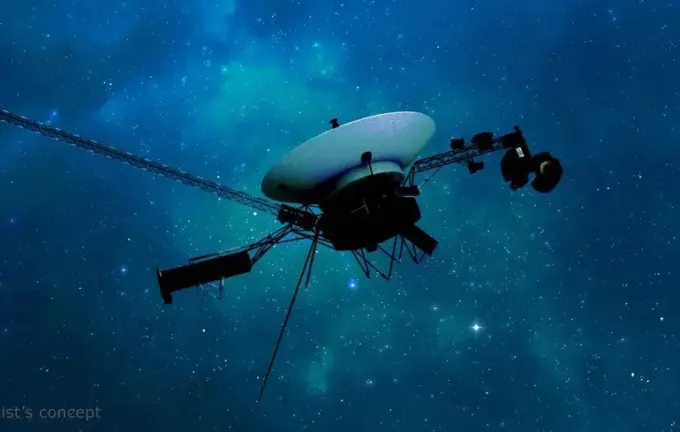Voyager Space Probes Reach the Edge of the Solar System and Encounter the ‘Wall of Fire’

In 1977, NASA launched two pioneering space probes — Voyager 1 and Voyager 2 — purpose-built to explore the boundaries of our Solar System and to investigate the space beyond it.
Unexpectedly for scientists, both spacecraft crossed what is known as the heliosphere’s boundary—a region characterized by extremely high temperatures, ranging from 30,000 to 50,000 Kelvin.
This boundary, called the heliopause, marks the point where the solar wind and interstellar medium pressure balance each other out.
Analyzing data from the probes, researchers determined that Voyager 1 crossed this boundary in 2012, while Voyager 2 did so in 2018.
This marked a significant milestone in space exploration, shedding light on the size and shape of the heliosphere.
The temperature beyond the heliosphere reaches tens of thousands of degrees, a fact confirmed by scientific instruments on the spacecraft.
These probes have left the confines of our planetary system and continue to send invaluable data back to Earth, enriching our understanding of the interstellar environment.
Their discovery not only broadens our knowledge of cosmic boundaries but also provides insights into the structure of our galaxy.
Despite their age and the eventual loss of power, the Voyager missions remain some of the most important tools in humanity’s quest to understand the universe.

